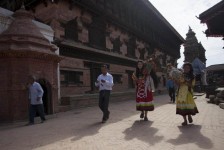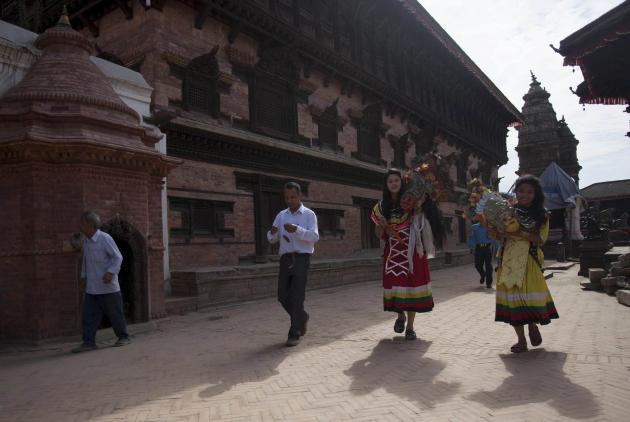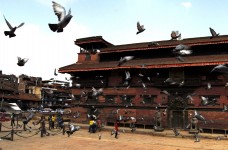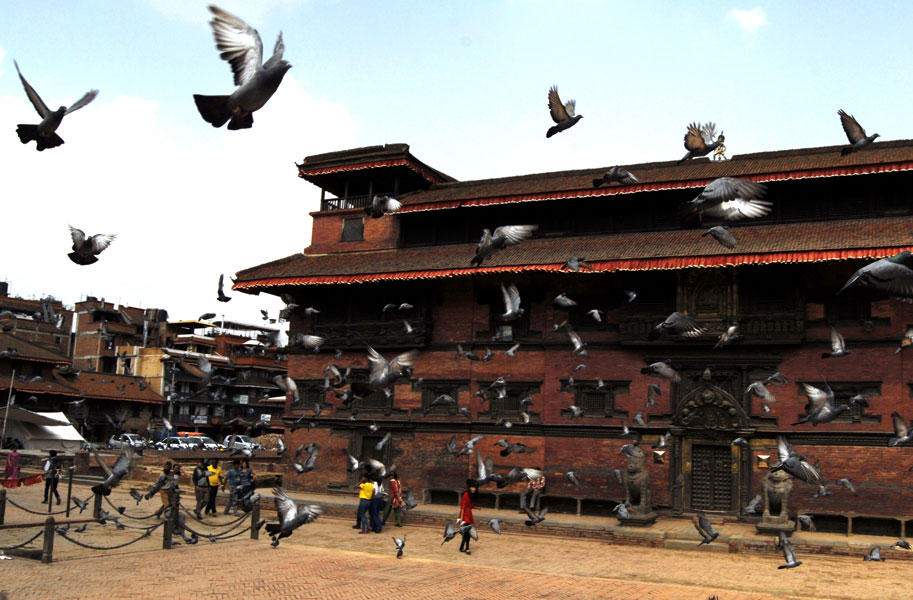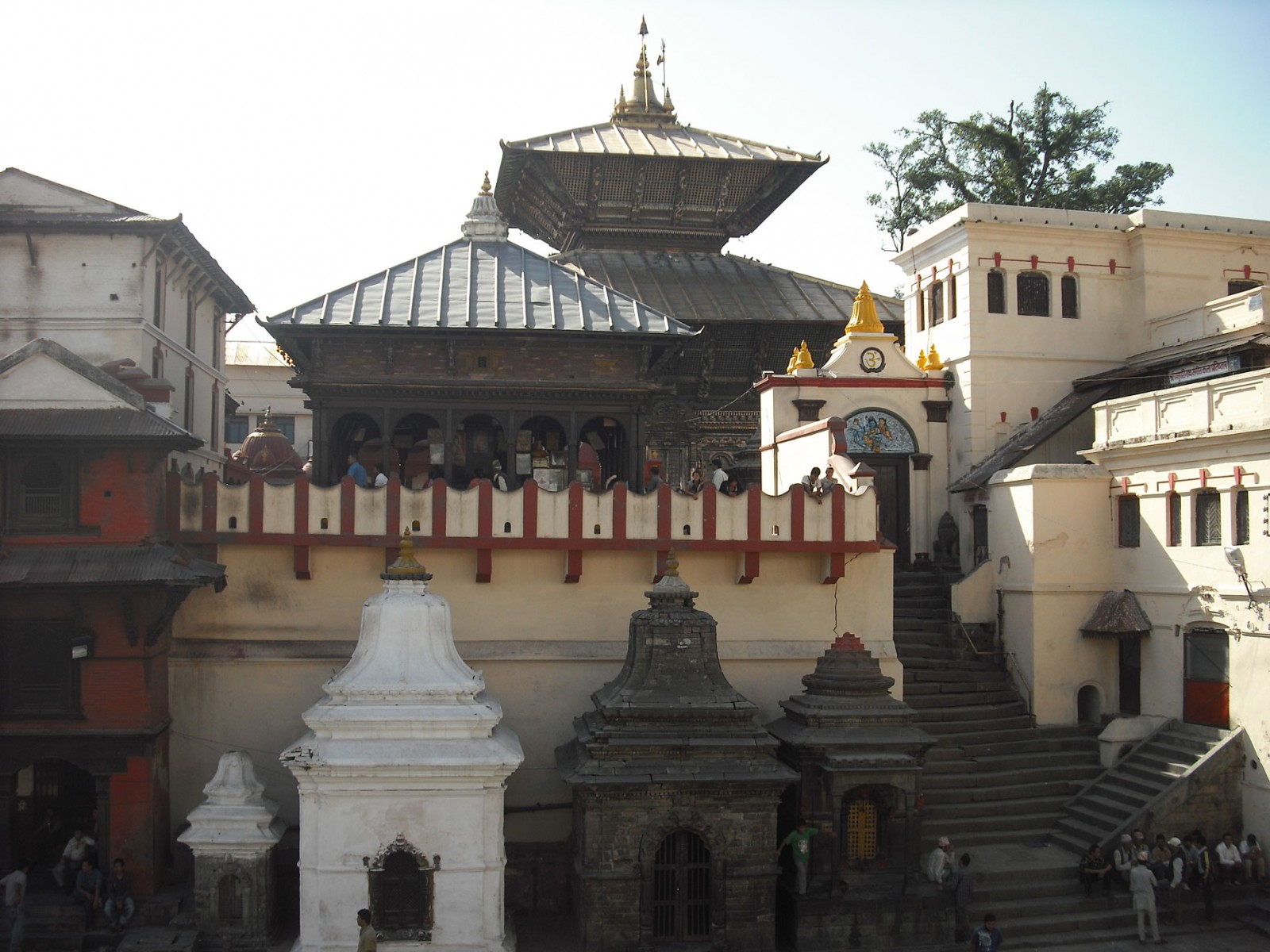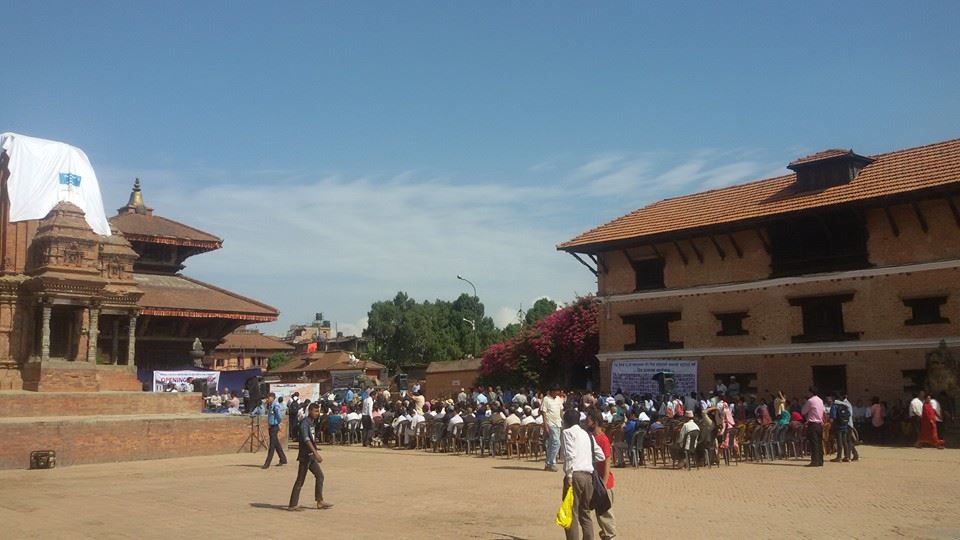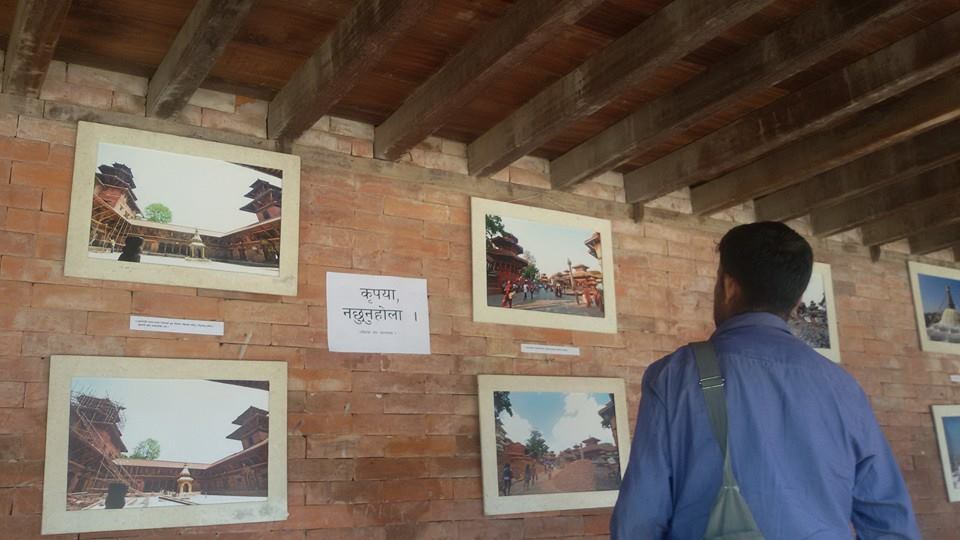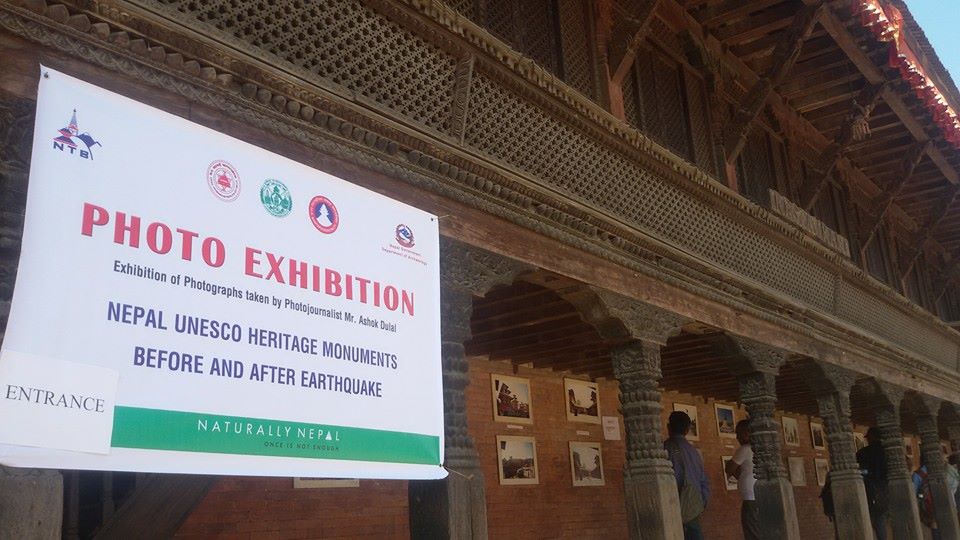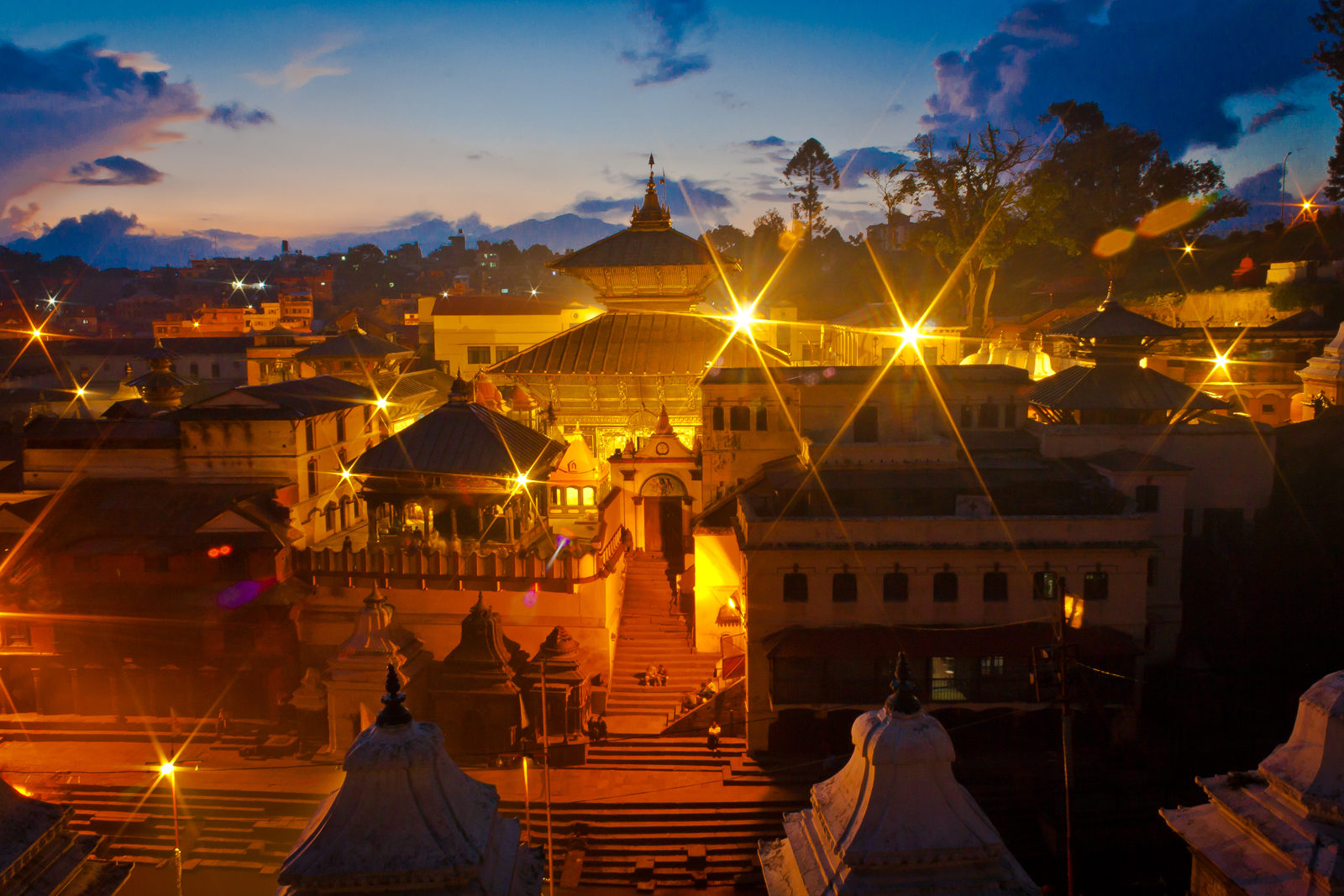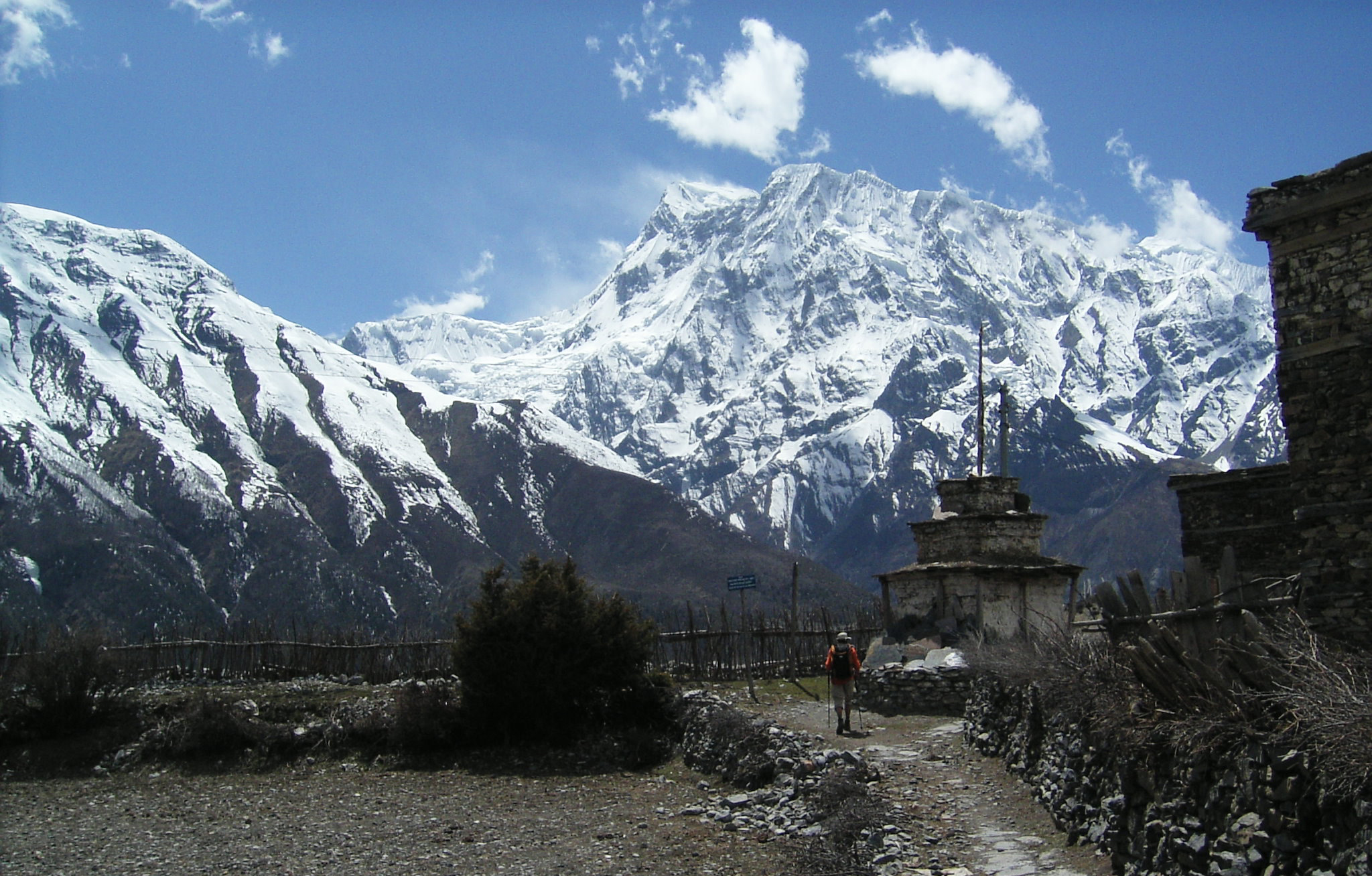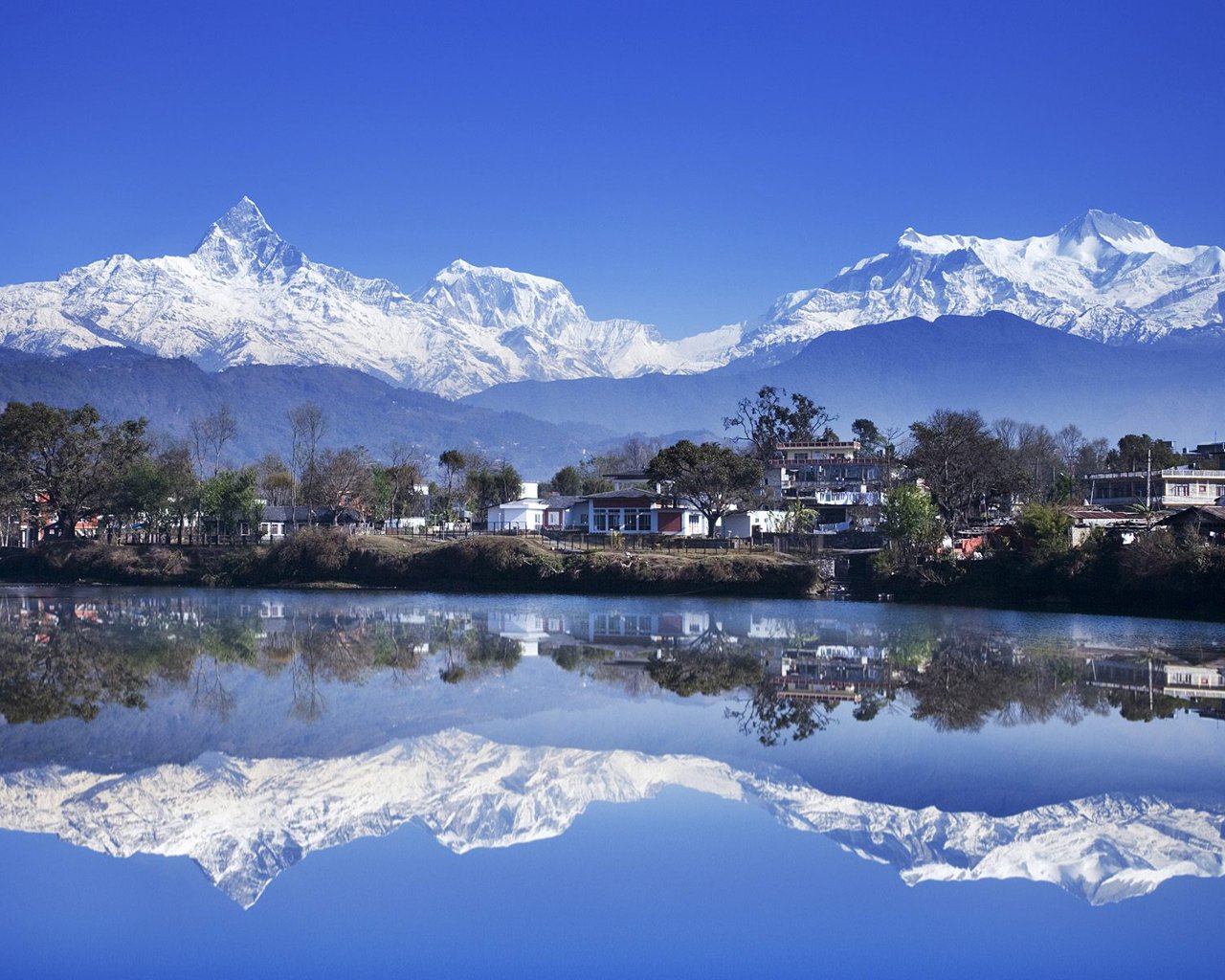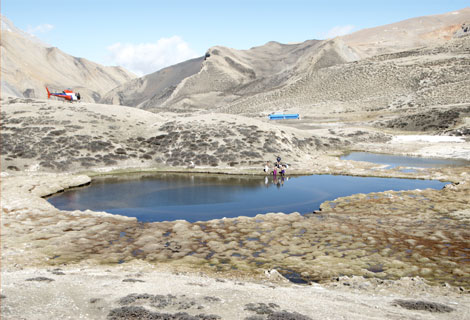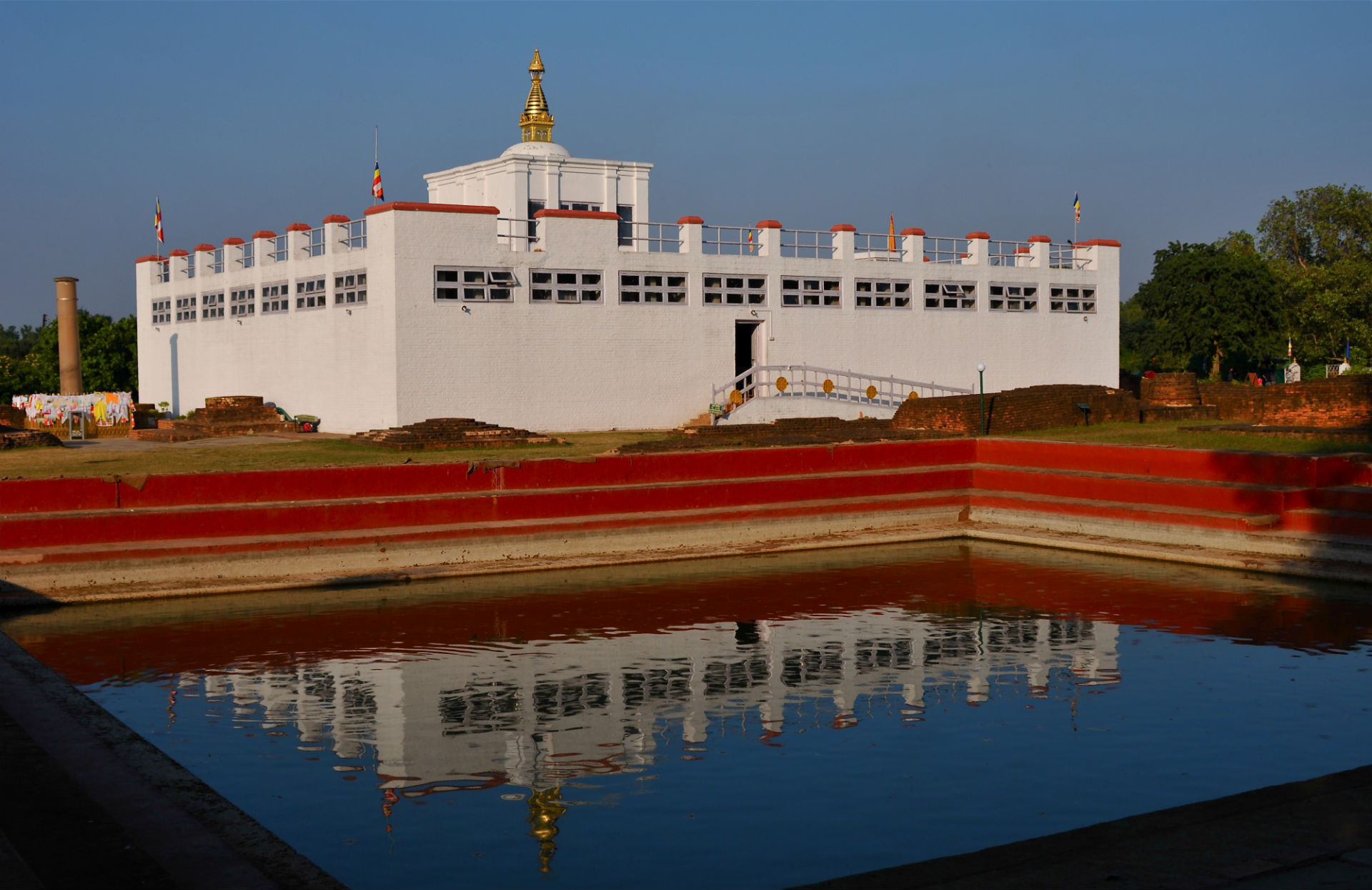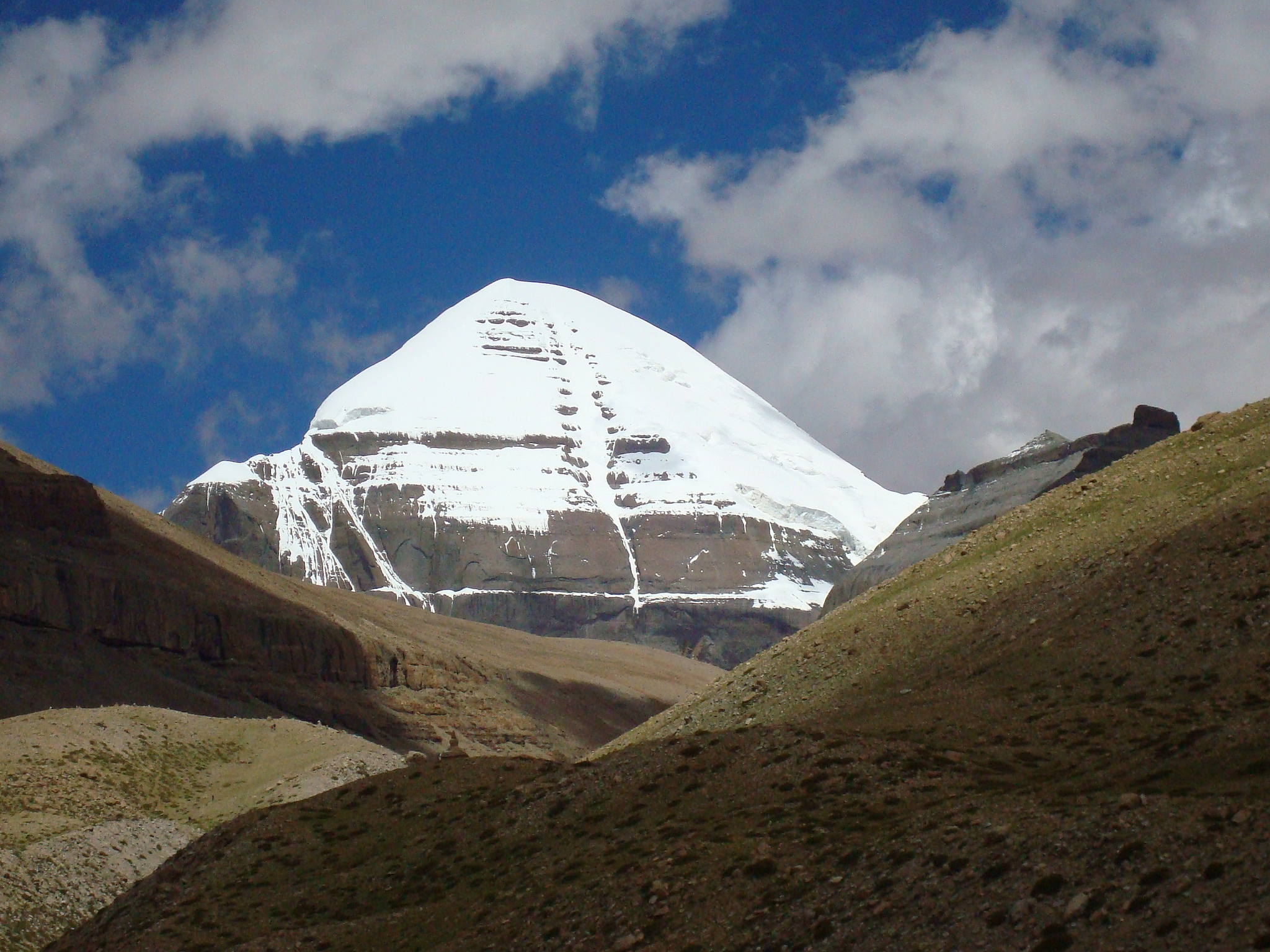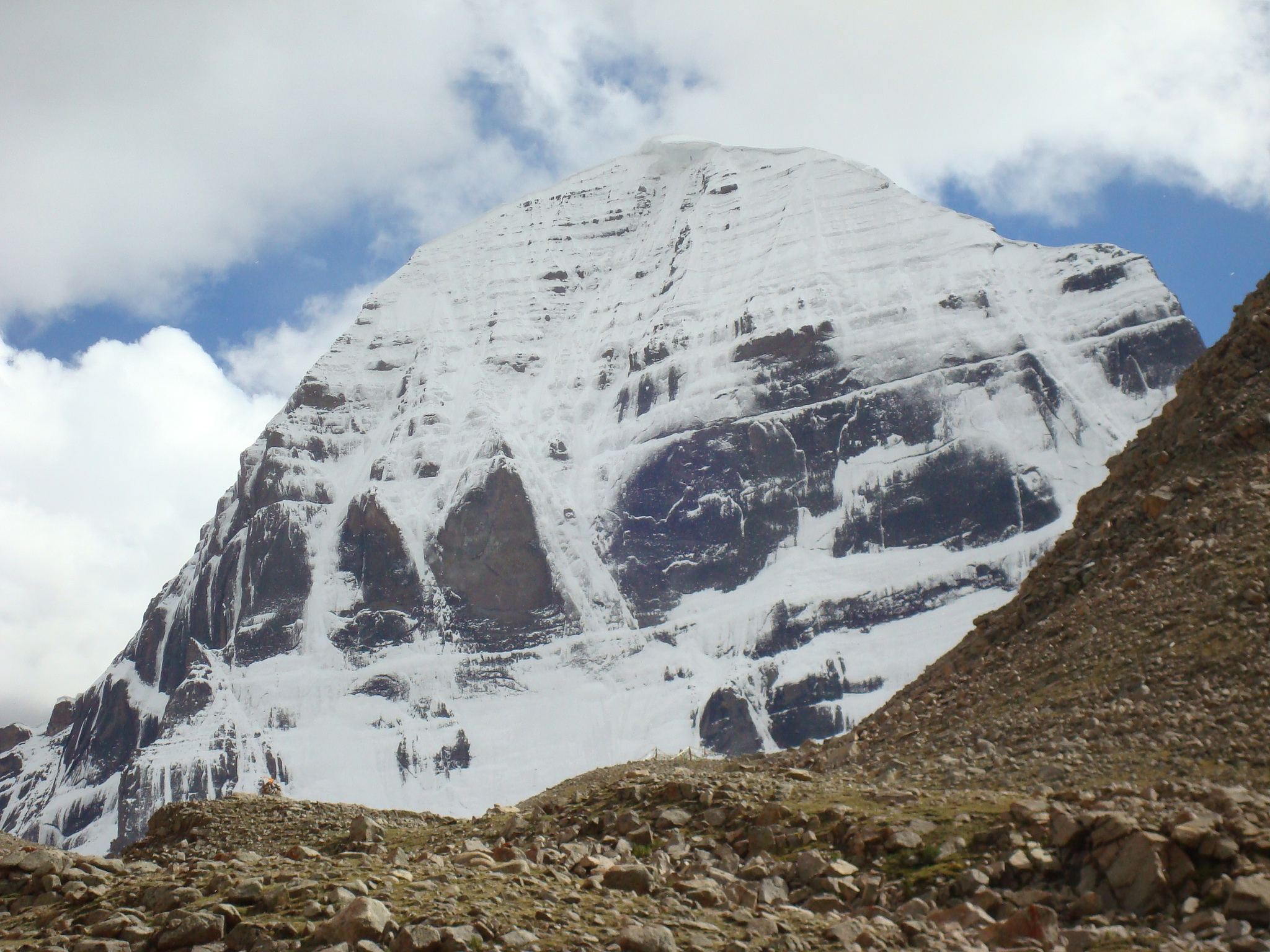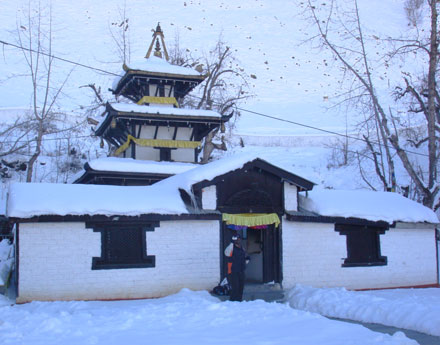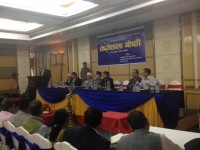

Trekking Agencies’ Association of Nepal (TAAN) President Ramesh Prasad Dhamala has said that the responsibility of assessing and reconstructing quake-damaged trekking trails should be given to TAAN.
Stating that TAAN has a pool of trained trekking workers, who know geography of mountain areas very well, and the expertise in trekking and mountaineering sector, Dhamala said TAAN will perform responsibility assigned to it in time and in a professional manner.
Speaking as a keynote speaker in the second session of a workshop organized by Development Committee of legislature-parliament in Pokhara on January 20, he also urged the government and the donor agencies to work together for rebuilding. “The government should provide collateral-free soft loans to tourism entrepreneurs so that they become ready to host tourists at the earliest,” he said.
He also requested the government to reduce royalty fee to Upper Mustang and Upper Dolpa to US$ 100 for a year and waive off permit fee for other controlled areas for one year to attract more tourists. “We can attract Indian tourists by developing package linking religious sites like Damodar Kunda, Muktinath, Tribeni Dham and Pashupatinath,” he added. He also requested the government to provide salary to tourism workers, who have become jobless, for at least three months as grant.
Saying that foreign insurance companies are hesitating to insure tourists interested to visit Nepal due to negative travel advisories issued by the government, he said TAAN is ready to buy insurance cover for trekkers and mountaineers by levying fee of $50 per person.
President Dhamala was actively involved in preparation of Pokhara Declaration.
Speaking at the meeting, Andrew Jones, vice president of Pacific Asia Travel Association (PATA), said Nepal should launch promotional campaigns to invite tourists in areas that are untouched by the earthquake. He also said preparation was underway to certify by international experts that trekking trails are safe.
Crisis Management Expert of PATA Bert Van Walbeek suggested inviting foreign tour operators to Nepal and using social media to invite people to visit Nepal. “As people are becoming tech-savvy these days, Nepalis should post positive images on social media and inform people around the world that Nepal is safe. Likewise, newsletter and news should be published and broadcast in such a way that positive message is spread all over the world”, he added.
Rabindra Adhikari, chairman of the committee, said the workshop was organized in Pokhara to spread the message that is safe for tourists. Among others, Adhikari suggested to the government to waive off visa fee for three months, waive off entry fee for Annapurna Conservation Area, and introduce travel incentive leave (TIL) for government officials for promotion of domestic tourism.
Speaking at the program, Tourism Minister Kripasur Sherpa said they can start rebuilding damaged infrastructures immediately if finance ministry releases budget for the purpose.
Likewise, Finance Minister Ram Sharan Mahat said that the ministry was preparing plans to take tourism industry to the pre-quake level.
Follow and share our more detail from our social media ; Facebook, Pinterest and Twitter.
Source : TAAN
Contact Us:
E-mail: sales@samratnepal





